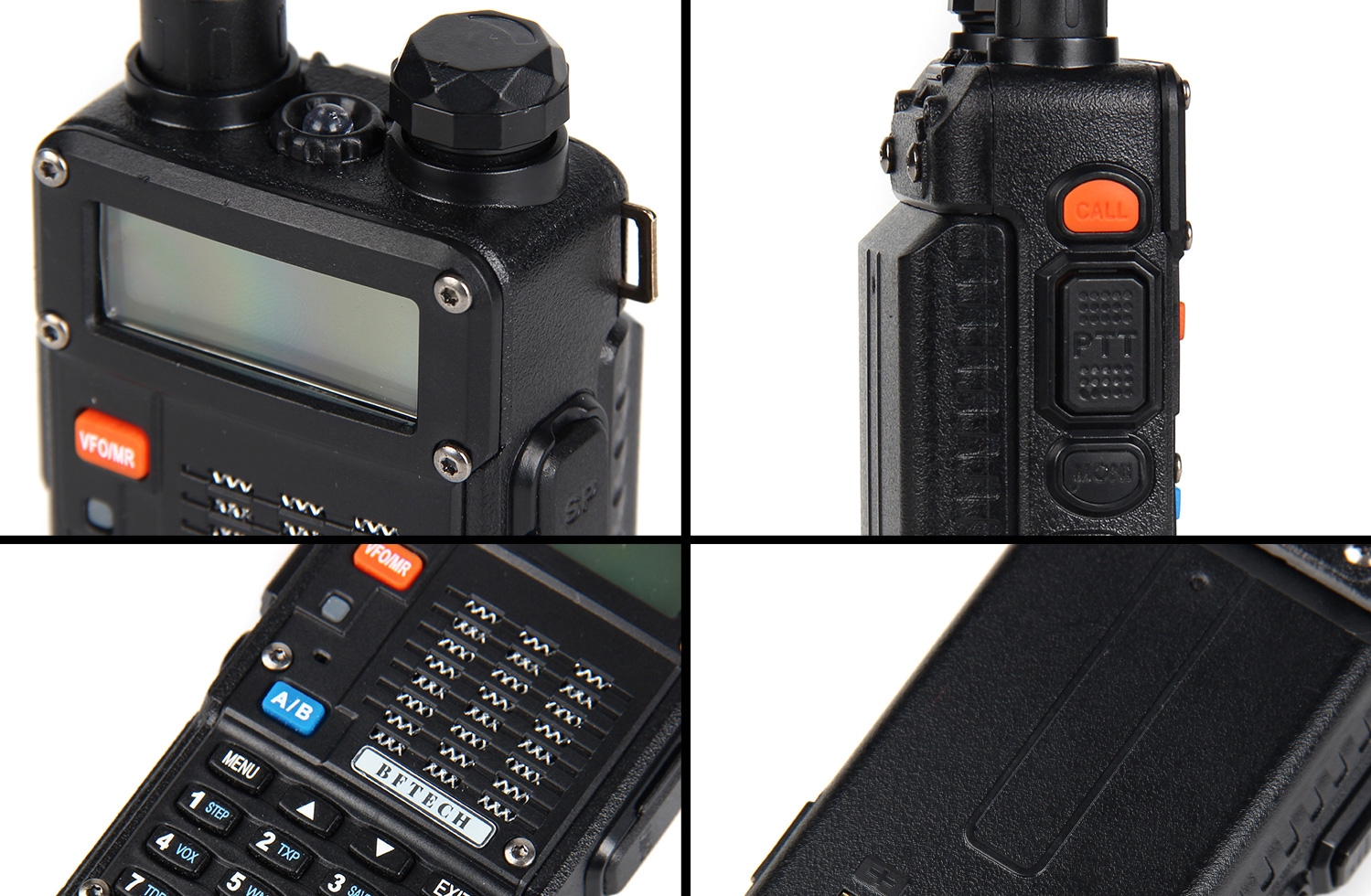We all know that the radio is wirelessly transmitting signals through the air. The frequency of the radio is also divided into 150MHZ, 400MHZ, 800MHZ, 350MHZ, 900MHZ and other bands. So what are the differences between different bands when we choose the radio? How should we choose a suitable walkie-talkie product? Today I will tell you from the UHF and VHF amateur bands:
UHF (300 ~ 3000MHz) and VHF (30 ~ 300MHz) amateur frequencies belong to the category of ultrashort wave. The radio waves in these two frequency bands are mainly line-of-sight propagation, that is, similar to the propagation mode of light, they are only emitted when they encounter obstacles such as building buildings and mountains. Therefore, these two bands are often used for short-range walkie-talkie communication.

Let’s talk about the difference between these two frequency bands:
01
Frequency usage
VHF amateur frequency is 144-148MHz (dedicated), UHF amateur frequency is 430-440MHz (shared). In terms of frequency usage, the VHF amateur frequency band is much less than UHF, so the signal of the VHF band often appears crowded. So in our actual use, what is the difference between the two? For example, when you go mountain climbing, VHF intercom opportunities are more appropriate. Because the radio waves of the VHF walkie-talkie are diffracted, it can avoid the obstacles of the mountain and maximize its advantages.
02
Radio wave propagation
Wireless communication is a kind of long-distance transmission, so the ability of radio wave propagation is very important. Because the propagation loss of high-frequency signals in the air is greater than that of low frequencies, the VHF propagation effect will be better than UHF in long-distance communication. When the signal is received on the UHF channel at the same position and the same antenna height, the signal often becomes unstable, which is easy to freeze and unclear. On the VHF channel, even the signal will fluctuate slightly, but The copying is stable and clear without jams.
In this way, the UHF band seems to be at a disadvantage? Does it have no advantages? of course not!
With the development of modern cities, the application of walkie-talkies has also been widely used in the fields of service industry, construction industry, administrative departments and institutions. In an environment with many buildings, the advantages of the UHF band are highlighted. The wall penetration capability of the UHF band is far better than the VHF signal.
In summary, how should you choose when choosing a UV intercom? Two suggestions:
First, in open mountains and plains, it is recommended to use VHF band walkie-talkies, which can give full play to long-distance propagation characteristics; in cities with high buildings, it is recommended to use UHF band walkie-talkies.
Second, choose the UV dual-segment walkie-talkie, you can easily switch to use in different scenarios. Recommend a BFTECH BF-F8RT professional handheld FM radio. Many brands have V / U dual-segment products, but in general, whether it is cost-effective or operating experience, BFTECH is relatively good. Whether it is a professional user or a business enthusiast, you may as well try it out!







